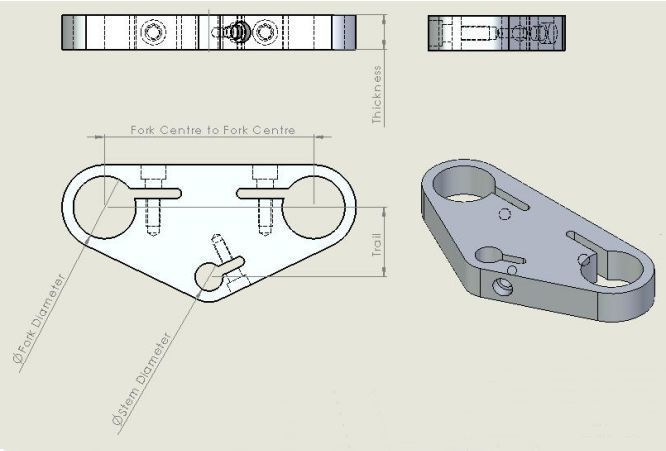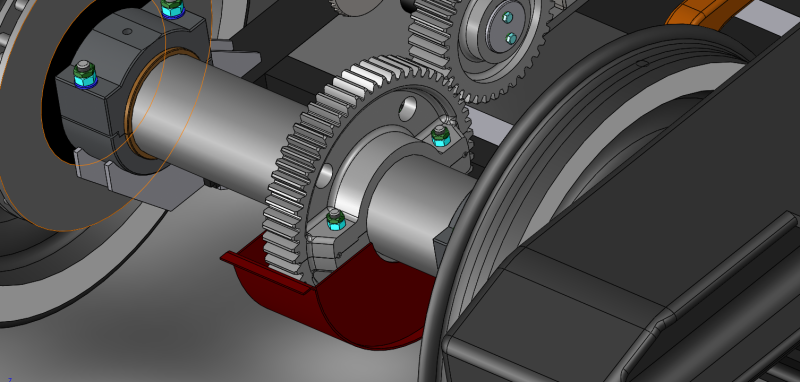Hi All
Usually in some designs that contain a hole on the part, that another shaft is supposed to pass, I see that the hole has a bolt near outside its perimeter that tightens the circle to lower radius. in cases it happens that if the hole part is cicular, it's made from two semi circles and is bolted together. what is the reason for this ?

Usually in some designs that contain a hole on the part, that another shaft is supposed to pass, I see that the hole has a bolt near outside its perimeter that tightens the circle to lower radius. in cases it happens that if the hole part is cicular, it's made from two semi circles and is bolted together. what is the reason for this ?


